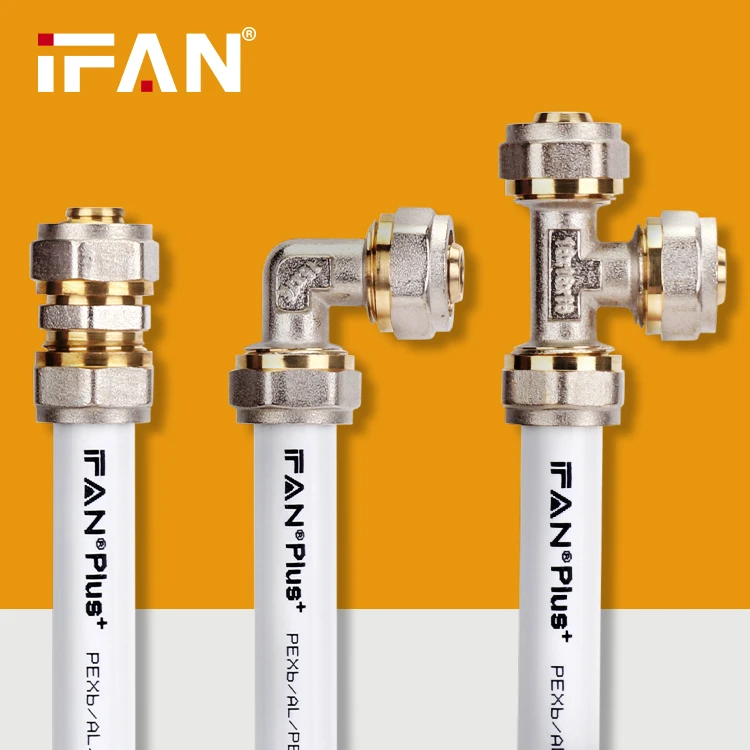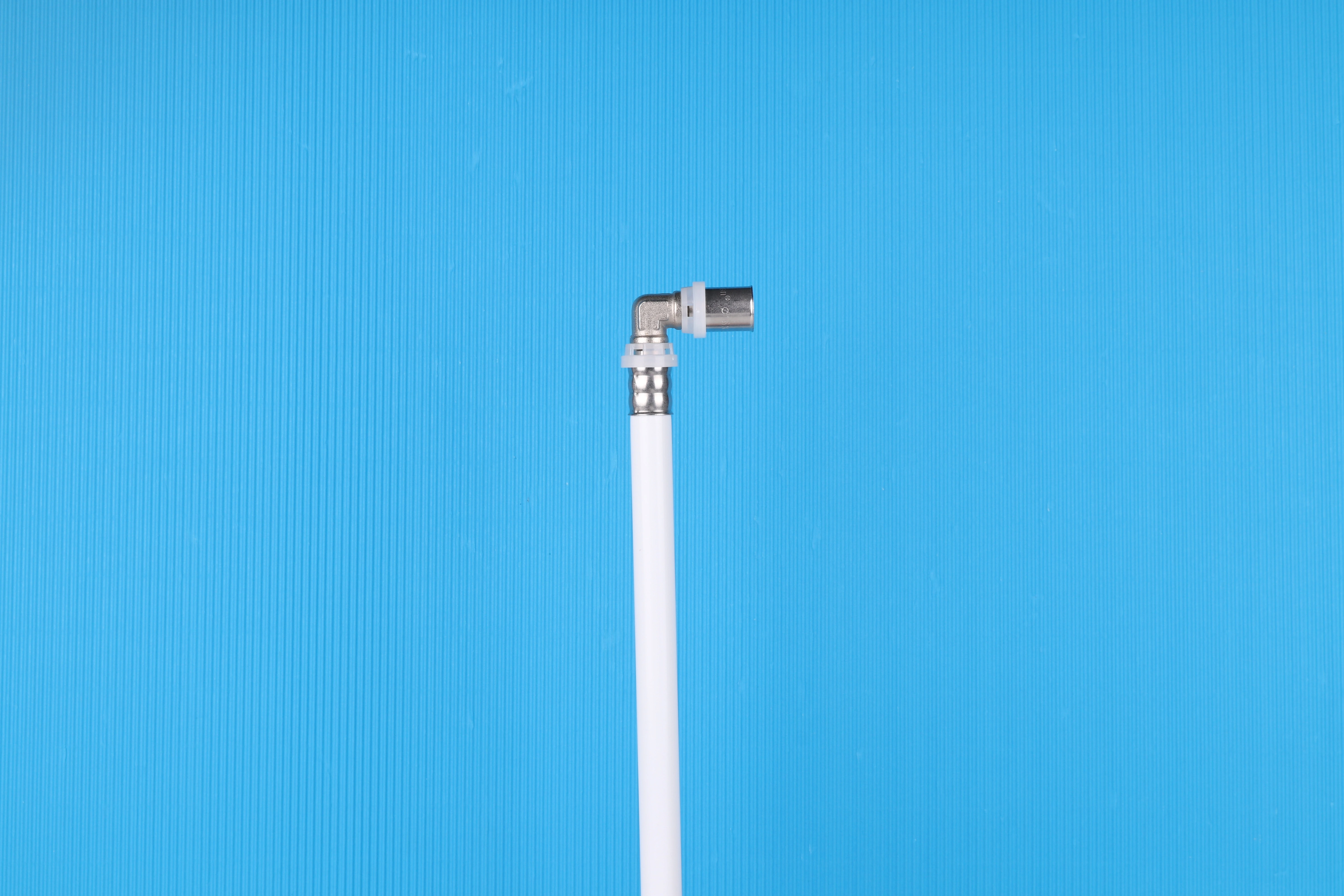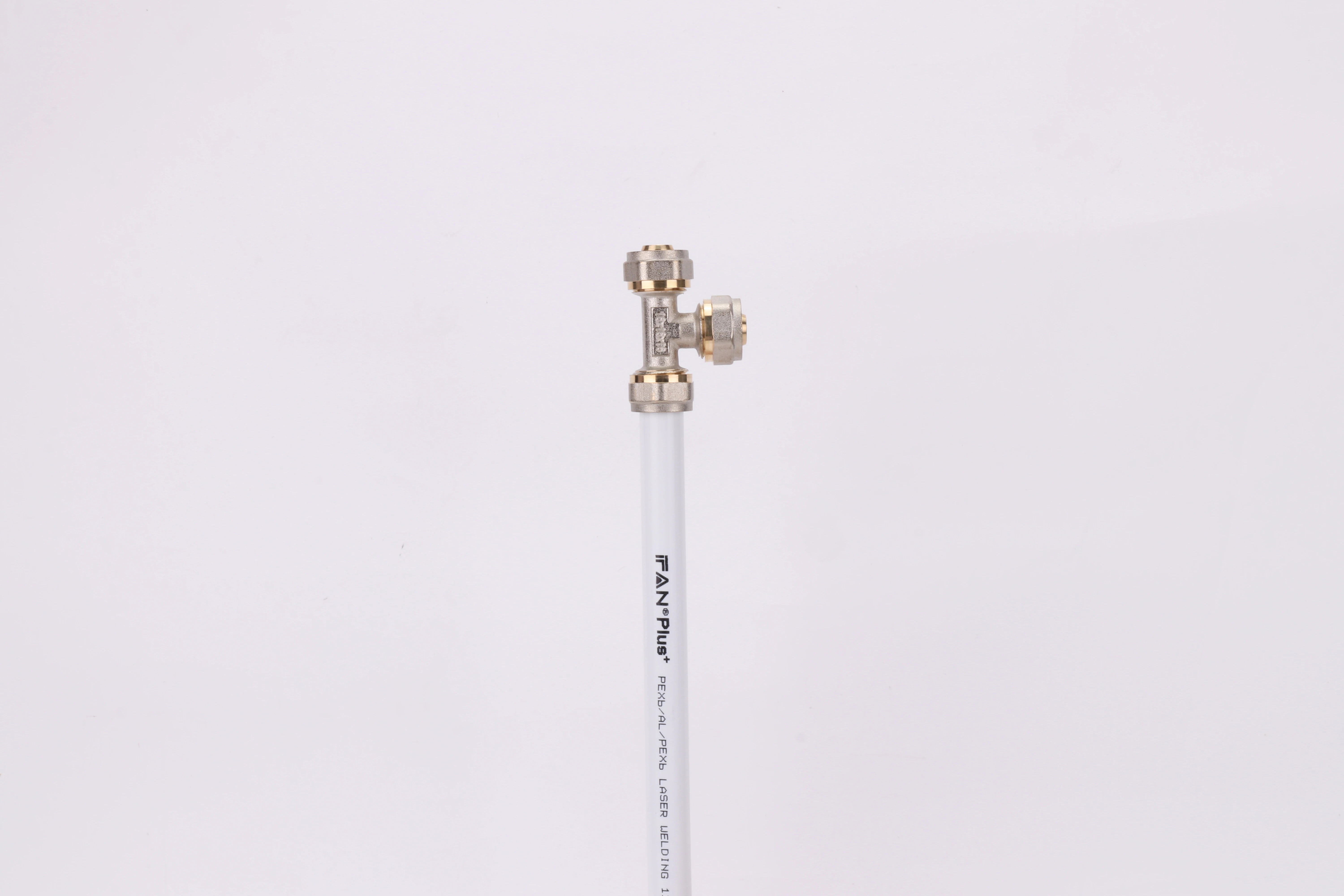I once inspected a failed underfloor heating system where the installer had used non-barrier PEX at excessive temperatures. The resulting oxygen permeation caused widespread corrosion throughout the system, requiring complete replacement. This experience taught me that understanding PEX temperature limits is crucial for successful heating installations.
Yes, PEX pipes reliably handle standard underfloor heating temperatures up to 180°F (82°C), with most systems operating comfortably between 100-140°F (38-60°C). PEX-A offers the best high-temperature performance due to its superior cross-linking density, while all PEX types require oxygen barrier protection in closed-loop heating systems to prevent component corrosion.
Proper material selection and installation techniques ensure PEX systems deliver decades of reliable heating performance. Let’s examine the specific temperature capabilities and best practices for heating applications.
What Is PEX Pipe’s Maximum Temperature Tolerance for Underfloor Heating?

When a client demanded 160°F water temperatures for their radiant floor system, I had to carefully evaluate different PEX types to ensure we selected materials that could handle these extreme conditions without premature failure.
PEX pipes maintain maximum continuous operating temperatures of 180°F (82°C) for PEX-A and 200°F (93°C) for PEX-B, with brief spikes to 200°F (93°C) and 210°F (99°C) respectively. These ratings far exceed typical underfloor heating requirements of 100-140°F (38-60°C), providing substantial safety margins for most residential and commercial applications.
Temperature Performance by PEX Type
Different PEX materials offer varying high-temperature capabilities:
PEX-A Temperature Characteristics
The peroxide cross-linking method creates a uniform molecular structure that maintains flexibility at high temperatures. PEX-A can handle 180°F continuously with pressure derating to 80 PSI at this temperature. The material’s shape memory helps it recover from minor deformation caused by thermal cycling.
PEX-B High-Temperature Advantages
The silane cross-linking process creates slightly stiffer material that maintains higher pressure ratings at elevated temperatures. PEX-B handles 200°F continuously with pressure ratings of 100 PSI at 180°F, making it suitable for high-temperature commercial applications.
PEX-C Performance Profile
Electron beam cross-linking produces temperature performance similar to PEX-B, with continuous ratings of 200°F and excellent resistance to thermal stress cracking. The uniform wall thickness provides consistent performance across the pipe circumference.
Real-World Operating Conditions
Underfloor heating systems typically operate well below maximum ratings:
| System Type | Typical Supply Temperature | Return Temperature | PEX Safety Margin |
|---|---|---|---|
| Residential concrete slab | 100-120°F | 80-100°F | 60-80% |
| Over-floor systems | 120-140°F | 100-120°F | 40-60% |
| Commercial spaces | 140-160°F | 120-140°F | 20-40% |
| Snow melt systems | 140-160°F | 120-140°F | 20-40% |
The substantial safety margins ensure long-term reliability even during system malfunctions or control failures. In my experience, most PEX failures in heating systems result from improper installation or oxygen permeation issues rather than temperature limitations.
How Does PEX Performance Compare to Metal Pipes in Heating Systems?
After replacing a corroded copper radiant heating system with PEX, the building owner reported 30% better heat distribution and elimination of the water hammer noise that plagued the metal system. This demonstrated PEX’s practical advantages in heating applications.
PEX outperforms metal pipes in corrosion resistance, installation flexibility, and thermal efficiency, while copper maintains advantages in thermal conductivity and higher temperature tolerance. PEX’s flexibility allows continuous runs without joints, reducing leak points, and its lower conductivity provides more even heat distribution in underfloor applications.
Comparative Performance Analysis
Each material offers distinct advantages in heating applications:
Устойчивость к коррозии
PEX completely resists the scaling and corrosion that plague metal pipes in heating systems. I’ve inspected 20-year-old PEX heating systems that showed no internal degradation, while copper systems of similar age often exhibit thinning walls and pitting, particularly in systems with aggressive water chemistry.
Installation Advantages
PEX’s flexibility provides significant installation benefits:
- Continuous runs up to 1,000 feet eliminate joints
- Ability to snake around obstacles reduces fittings
- Lower labor costs and faster installation times
- No oxidation or soldering concerns
Thermal Performance Characteristics
The lower thermal conductivity of PEX (0.002 W/m·K vs 400 W/m·K for copper) creates more uniform floor temperatures by preventing hot spots directly above pipes. This characteristic, once considered a disadvantage, actually improves comfort in radiant floor applications.
Cost and Longevity Comparison
Economic factors favor PEX in most applications:
| Performance Factor | PEX Systems | Copper Systems | Practical Impact |
|---|---|---|---|
| Material Cost | 30-50% lower | Higher | Significant savings on large projects |
| Installation Labor | 40-60% faster | Slower, more skilled labor required | Reduced labor costs |
| System Longevity | 30-50 years | 20-40 years | Longer service life |
| Repair Frequency | Fewer joints, lower failure rate | More joints, higher leak potential | Reduced maintenance costs |
| Freeze Resistance | Excellent – can expand and contract | Poor – splits when frozen | Better performance in cold climates |
The corrosion resistance alone makes PEX preferable in areas with aggressive water, where copper systems might fail in 10-15 years. Additionally, PEX’s noise-dampening characteristics eliminate the ticking sounds that often occur when copper pipes expand and contract against mounting hardware.
What Installation Techniques Ensure Optimal PEX Performance in Heating Applications?

I recently supervised a 50,000 square foot commercial installation where proper PEX installation techniques prevented any callbacks during the first heating season, while a similar project using rushed methods experienced multiple leaks and performance issues.
Optimal PEX installation requires proper manifold system design, adequate pipe spacing and fastening, correct loop lengths, and expansion accommodation. Using oxygen-barrier PEX, maintaining minimum bend radii, and implementing proper pressure testing ensure reliable long-term performance in underfloor heating applications.
Critical Installation Considerations
Several techniques maximize PEX performance in heating systems:
Manifold System Design
Proper manifold configuration ensures balanced heat distribution:
- Size manifolds to maintain flow rates below 4 fps
- Install balancing valves on each circuit
- Location central to served areas minimizes loop length variations
- Include isolation valves for individual circuit maintenance
Pipe Spacing and Fastening
Correct spacing prevents temperature striping:
- 6-9 inch spacing for residential comfort applications
- 4-6 inch spacing for high heat loss areas
- 12 inch spacing for snow melting systems
- Secure every 24-32 inches with proper fasteners
Expansion Management
PEX expands significantly with temperature changes:
- Allow 1-2% linear expansion at operating temperatures
- Use expansion loops in long straight runs
- Avoid rigid clamping that restricts movement
- Provide slack at connections to prevent stress
Installation Quality Control
Implement these verification steps during installation:
Pressure Testing Protocol
- Test at 1.5 times working pressure for 30 minutes
- Conduct both cold and warm pressure tests
- Document pressure readings for reference
- Repair any pressure drop exceeding 10%
Flow Balancing Procedures
- Measure flow through each circuit during commissioning
- Adjust balancing valves to achieve design flow rates
- Verify temperature consistency across all zones
- Document final valve settings for future reference
How Does Prolonged Heat Exposure Affect PEX Pipe Lifespan and Reliability?

After analyzing PEX samples from a 15-year-old heating system that operated continuously at 160°F, we found minimal degradation in the oxygen-barrier PEX, while non-barrier samples from the same period showed significant oxidative damage and reduced flexibility.
Prolonged heat exposure gradually reduces PEX flexibility and pressure capacity through polymer oxidation, with temperatures above 140°F accelerating this process. Oxygen-barrier PEX maintains 40-50 year lifespans at standard heating temperatures, while non-barrier types may fail in 10-15 years due to internal corrosion from oxygen permeation.
Thermal Aging Mechanisms
Understanding degradation processes helps maximize system life:
Polymer Oxidation
Oxygen molecules attack the PEX polymer chain over time, causing:
- Reduced flexibility and increased brittleness
- Microscopic cracking at stress points
- Gradual reduction in pressure capacity
- Color changes from oxidation
The rate of oxidation doubles approximately every 18°F (10°C) above 140°F, making temperature control crucial for long service life.
Additive Depletion
Heat accelerates the migration of protective additives to the surface, where they can be lost through contact with other materials or simple evaporation. This process reduces the material’s resistance to oxidative damage and chlorine attack.
Lifespan Expectations by Temperature
Real-world data reveals predictable service life patterns:
| Operating Temperature | Oxygen-Barrier PEX Lifespan | Non-Barrier PEX Lifespan | Primary Failure Mode |
|---|---|---|---|
| 120°F (49°C) | 50+ years | 15-20 years | Oxygen corrosion of metals |
| 140°F (60°C) | 30-40 years | 8-12 years | Oxidative embrittlement |
| 160°F (71°C) | 15-25 years | 5-8 years | Reduced flexibility |
| 180°F (82°C) | 5-10 years | 2-4 years | Cracking at stress points |
Performance Preservation Strategies
Several approaches extend PEX service life in heating applications:
Temperature Management
- Maintain system temperatures at minimum effective levels
- Use mixing valves to reduce boiler water temperature
- Implement outdoor reset controls to match supply to demand
- Zone systems to avoid overheating unused spaces
Oxygen Barrier Protection
Always specify oxygen-diffusion barrier PEX for heating applications:
- EVOH layer reduces oxygen permeation by 99%+
- Prevents corrosion of ferrous system components
- Maintains system cleanliness and efficiency
- Extends overall system lifespan
Water Chemistry Management
Proper water treatment preserves PEX integrity:
- Maintain neutral pH (6.5-8.5)
- Control chlorine levels below 4 ppm
- Use corrosion inhibitors in closed loops
- Avoid water softeners that increase sodium content
Заключение
PEX reliably handles underfloor heating temperatures when paired with proper material selection (oxygen-barrier PEX-A, B, or C) and installation best practices. It delivers decades of service when operating within recommended temperature ranges. For step-by-step installation guidance, visit: How to Install PEX for Underfloor Heating.













Последние комментарии